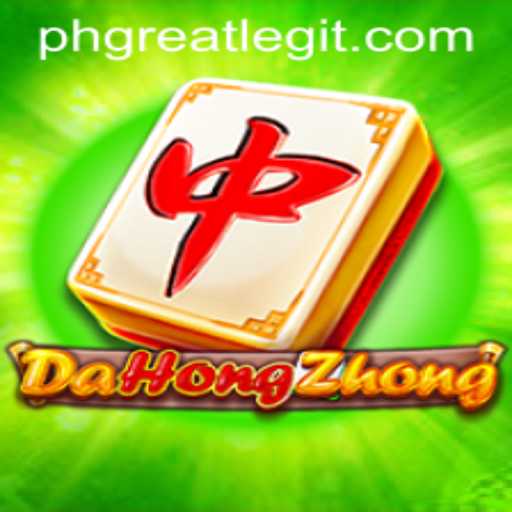Exploring DaHongZhong: A Traditional Game of Strategy and Skill
DaHongZhong, an intriguing game woven into the tapestry of Chinese culture, offers a captivating blend of strategy and tradition. Often referred to as the ‘Great Red Center’ in English, this game beckons players to engage in a mental exercise akin to the widely known Mahjong. It is a game that embodies elements of mathematics, strategy, and cultural awareness.
Introduction to DaHongZhong
Rooted deeply in Chinese heritage, DaHongZhong has been enjoyed by generations. Its name, translated to ‘Big Red Center,’ refers to its hallmark red tiles, representing good fortune and prosperity. In a world increasingly dominated by digital games, DaHongZhong provides a refreshing reprieve, offering a face-to-face social experience and a glimpse into traditional leisure activities.
With its elegant blend of simplicity and depth, DaHongZhong is often played during festivals, family gatherings, or social events, bringing people together across generations. Although the game's precise origins are debated, its impact on Chinese social activities is undisputed. Its enduring presence is a testament to its engaging gameplay and the rich cultural narrative it embodies.
DaHongZhong Gameplay
DaHongZhong is played with a set of tiles, similar to the ones used in Mahjong. A typical set includes several suits of numbered tiles, honor tiles, and the distinct ‘Big Red’ tiles. Players must form ‘melds’ or sets to score points, with the ultimate objective being to complete a winning hand, similar to achieving a winning combination in poker.
The Structure of Play
Typically, the game supports up to four players, each vying to create a legal hand through drawing and discarding tiles. It begins with each player being dealt thirteen tiles, with the leader drawing a fourteenth tile, starting the round. Players sequentially draw and discard tiles, aiming to complete a winning hand—comprised of four sets and a pair.
Scoring in DaHongZhong differs slightly depending on regional variations, yet the core principle remains: forming specific combinations yields points. ‘Pungs’ (three identical tiles) and ‘kongs’ (four identical tiles) are notably high-scoring sets, reflecting their strategic value in game progress.
Understanding the Rules
At first glance, the game might seem overwhelming due to its intricate tile system and scoring mechanics. However, mastery comes from understanding its basic rules and dedicating time to practice.
Basic Rules:
- Starting the Game: Players draw tiles to determine seating and order of play. The player with the highest tile value becomes the dealer or ‘East Wind.’
- Tile Drawing and Discard: Each turn, a player either draws from the wall or picks the last discard to continue forming their hand.
- Winning the Game: A player declares victory by forming a complete hand, typically consisting of four sets and a pair.
- Strategic Calls: Players may call tiles from discards to complete their sets, pivotal in advancing their hand.
Current Context and Cultural Relevance
Amidst the backdrop of a rapidly globalizing world, traditional games like DaHongZhong offer cultural preservation through interactive play. With digital gaming gaining traction, traditional games face challenges but also opportunities. Embracing technology, many players and communities find new ways to share this rich game tradition through online platforms.
The DaHongZhong game is also finding a niche audience among younger generations who seek connections with their heritage. Schools and cultural institutions globally have recognized DaHongZhong as a valuable educational tool, integrating it into language and cultural curriculum to enhance understanding of Chinese culture. Its pedagogical value lies in developing strategic thinking and social interaction, encouraging both critical analysis and collective participation.
Conclusion
DaHongZhong stands as a testament to the timeless appeal of traditional games. Whether played for leisure or as a cultural exercise, it continues to enchant players with its strategic depth and historical roots. As we explore anew the myriad ways to connect with our cultural heritage, DaHongZhong remains an exemplary medium for tradition, strategy, and social engagement.








